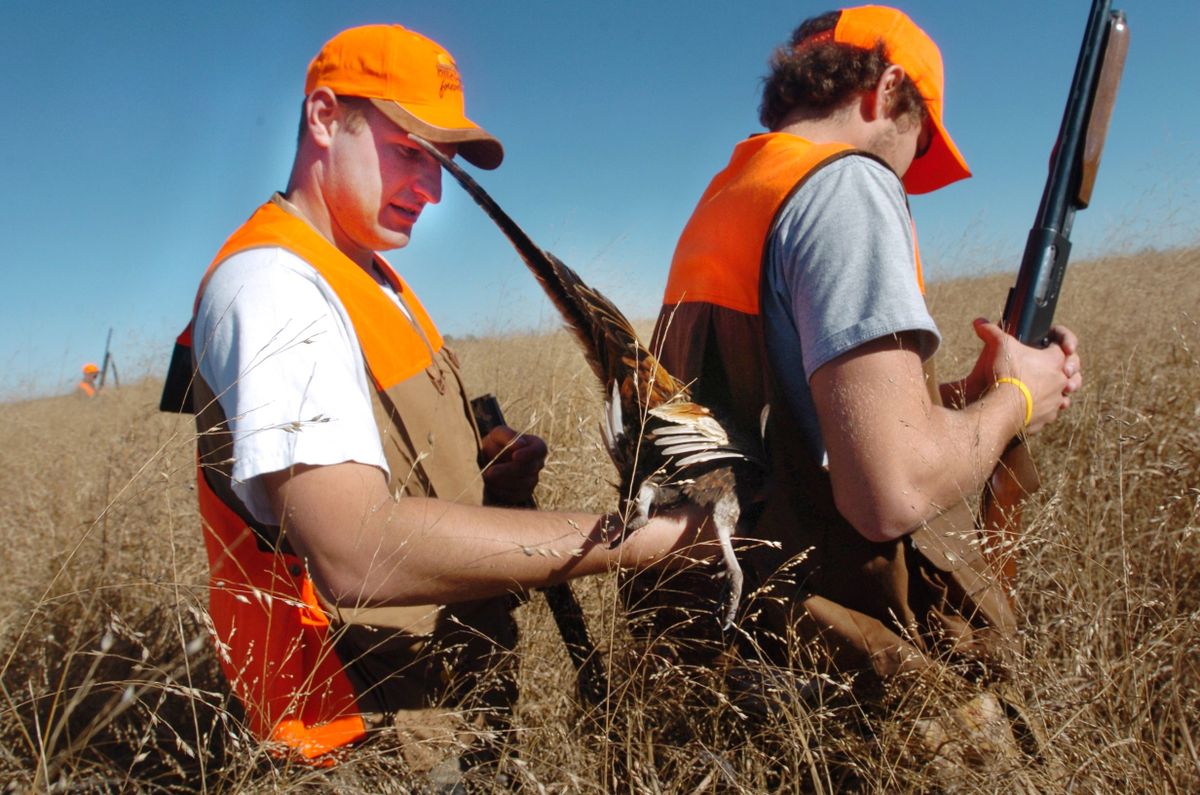Quail to the rescue for upland bird hunters
Late pheasant hatchings also encouraging

Upland bird hunters have reason for hope, despite the one-two punch of a long, cold winter and wet spring that was devastating to early hatches of pheasants and partridge.
While the word throughout much of southeastern Washington and the north half of Idaho from biologists and farmers was grim in August, late hatch sightings were increasing by September, notably in pocket areas of pheasant cover south of the Snake River.
Quail, with their propensity to have perhaps three hatches in a season, may save the season for hunters and their dogs throughout much of the region.
“Quail continue to expand in the (Columbia) Basin,” said Matt Monda, Washington Fish and Wildlife Department regional wildlife manager in Ephrata.
But there’s no way to sugarcoat the impact the wet spring had on birds in a swath from far Eastern Washington south all the way through the Brownlee Reservoir area of the Snake River in Idaho and Oregon.
Idaho’s recent aerial counts at Brownlee – Idaho is the only state still doing aerial partridge surveys – showed chukar numbers even lower than last year’s grim counts. This year’s tally is about two-thirds below the 10-year average.
The number of chukar groups also is down from 70 last year to 61 this year. The average is about 107 groups observed in the survey zone.
This is the third consecutive year of below-average chukar populations at Brownlee, dropping sharply from 2005 when the bird count was the second-highest on record.
Chukar hunters had an unusually long run of back-to-back good years from the late 1990s through 2005 at Brownlee with birds-per-square- mile figures of 109 to 174. This year the figure is around 38.
Farther north in the Clearwater Region, the chukar surveys are slightly cheerier. Bird numbers are down more than one-third from the five-year average with about 64 birds per square mile on the Snake and Salmon rivers.
“That’s the nature of upland birds. You go through the boom and bust cycles,” said Don Kemner, Idaho Fish and Game’s upland bird manager.
This could be a pivotal year for chukars because they typically live only two years, and high proportion of Idaho’s chukars already are 2 years old or older, he said.
If adult birds didn’t produce young in the spring, the adults won’t be around for another nesting season, which could depress the population for many years.
Even with above-normal nesting success, chukars likely will need two nesting seasons to return to normal populations.